In the dynamic world of contemporary architecture, where the lines between functionality and aesthetics often intertwine, a name emerges in the architectural realm that transcends many borders: Herzog & de Meuron. The Swiss firm, founded by Jacques Herzog and Pierre de Meuron in 1978, has ventured beyond the conventional to create a profoundly strong architectural legacy to this day. With a career spanning decades, Herzog & de Meuron have left an indelible mark on the global urban landscape through their unrestrained creativity and innovative approach.
Herzog and de Meuron joined forces in Basel, a Swiss city known for its rich architectural heritage and pioneering spirit. From their humble beginnings, the firm stood out for its boldness and willingness to challenge established norms. Their experimental approach and ability to see beyond conventional limitations quickly propelled them to prominence in the global architectural scene.
Jacques Herzog was born on April 19, 1950, while Pierre de Meuron was born on May 8, 1950, both in Basel, Switzerland. They met during their architecture studies at the Swiss Federal Institute of Technology in Zurich (ETH Zurich). After completing their studies and working on various projects, they decided to join their forces and founded Herzog & de Meuron in 1978, establishing their headquarters in Basel.

Pierre de Meuron y Jacques Herzog. Courtesy of Vitra
The early years of the firm were marked by experimentation and the quest for a unique architectural language. They worked on a variety of projects, from private residences to small public buildings, gradually solidifying their reputation as innovative architects. Their willingness to question traditional architectural conventions led them to explore new forms, materials, and construction techniques.
A significant milestone in the firm’s history was the completion of the Ricola Marketing Building in Laufen, Switzerland, in 1987. This project attracted international attention and marked the beginning of their rise to architectural fame. As they gained recognition, their portfolio of projects grew in complexity and scale.
Throughout the years, Herzog & de Meuron have continued to defy expectations and have worked on a variety of projects, including museums, stadiums, skyscrapers, and residential buildings worldwide. Their focus on simplicity, functionality, and integration with the surrounding environment has been a constant in their work, contributing to their status as leaders in contemporary architecture.
Herzog & de Meuron’s influence on contemporary architecture is profound and multifaceted. Their ability to merge modern aesthetics with pragmatic functionality has inspired architects worldwide. They have redefined the relationship between space and light, creating structures that are not only visually stunning but also feel alive and dynamic. Their interdisciplinary approach, incorporating elements of art and engineering, has set a standard for creative collaboration in the industry.
What sets Herzog & de Meuron’s work apart are their distinctive architectural features. The mastery with which they manipulate light, playing with shadows and transparency, gives their buildings a sense of ethereal elegance. They use a wide range of materials, from steel and glass to wood and fabric, to create textures and contrasts that add depth to their designs. Moreover, they have an innate ability to integrate their structures into the surrounding environment, establishing a harmonious dialogue between architecture and nature. All these features can be appreciated in the following masterpieces:
Beijing National Stadium (Bird’s Nest): This architectural marvel was the focal point of the world during the 2008 Olympics in Beijing. With its intricate interwoven steel design, the Beijing National Stadium became a symbol of innovation and modernity.
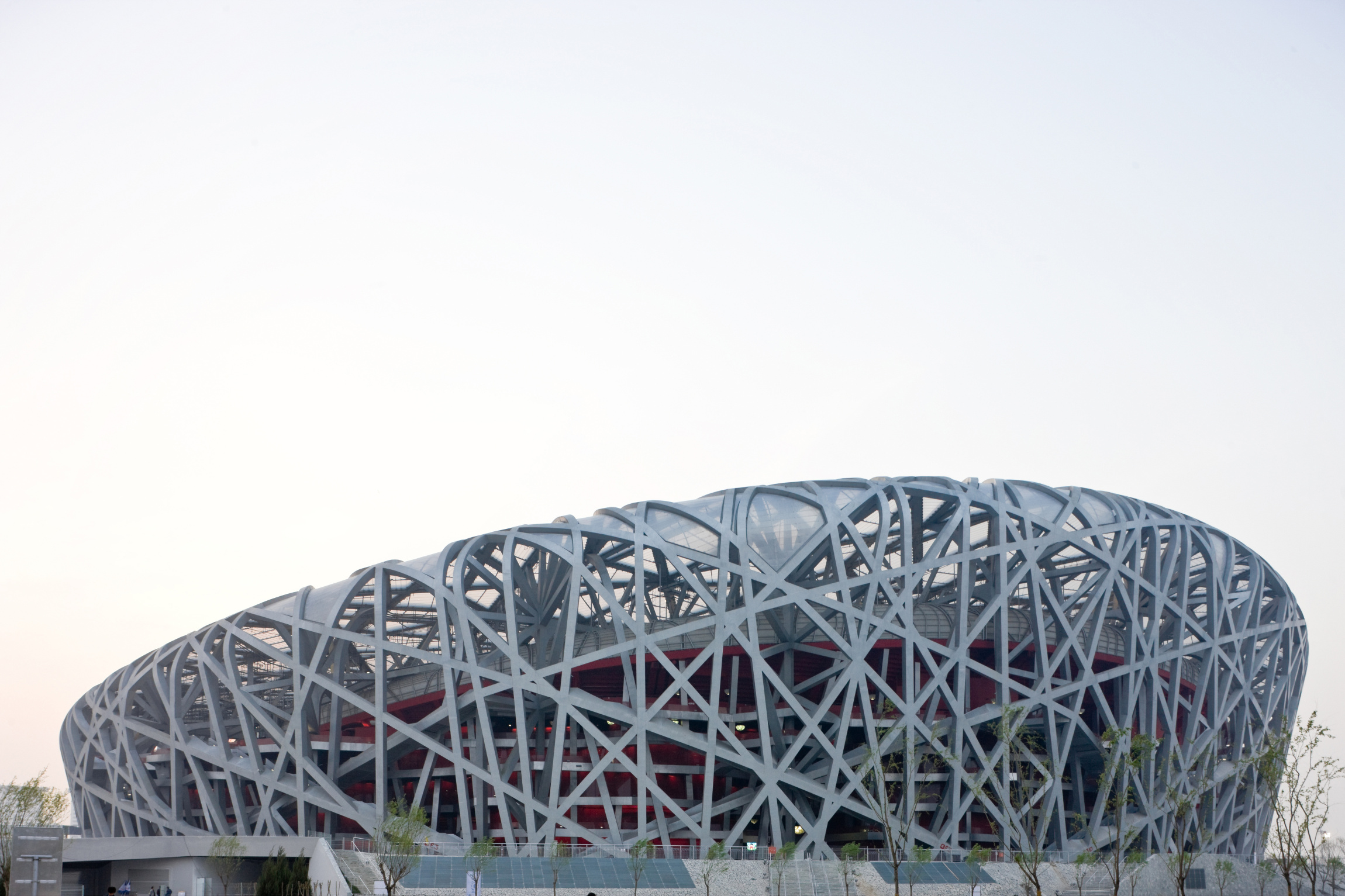
National Stadium (main for the 2008 Olympic Games). Beijing, China. Courtesy of Herzog & de Meuron.
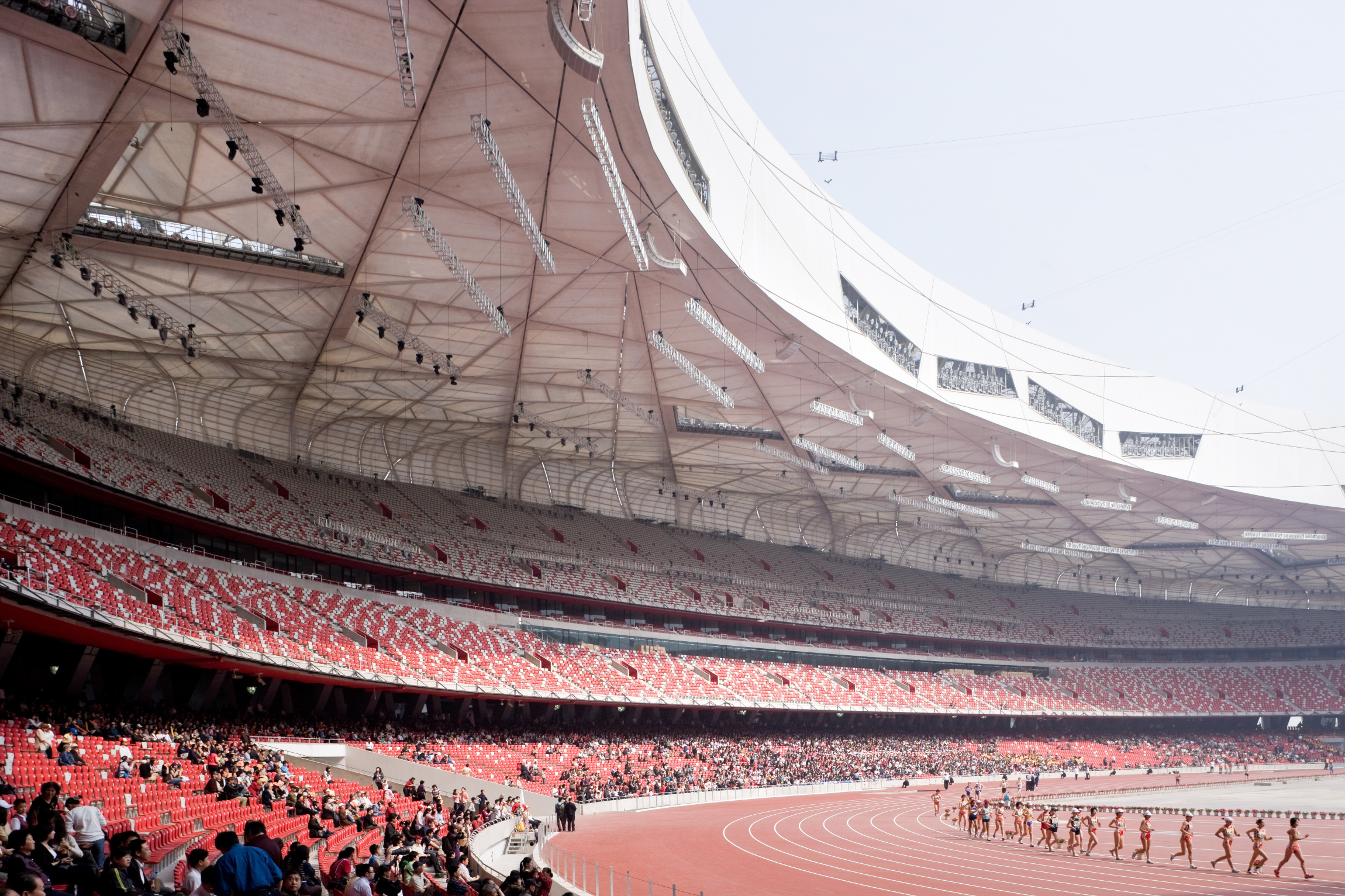
National Stadium (main for the 2008 Olympic Games). Beijing, China. Courtesy of Herzog & de Meuron.
Tate Modern in London: The transformation of the former power station into the Tate Modern is a testament to Herzog & de Meuron’s ingenuity. By preserving the industrial essence of the original building while infusing it with new artistic life, they have created a space that celebrates both the past and the present.

Tate Modern. London, United Kingdom. Courtesy of Herzog & de Meuron.
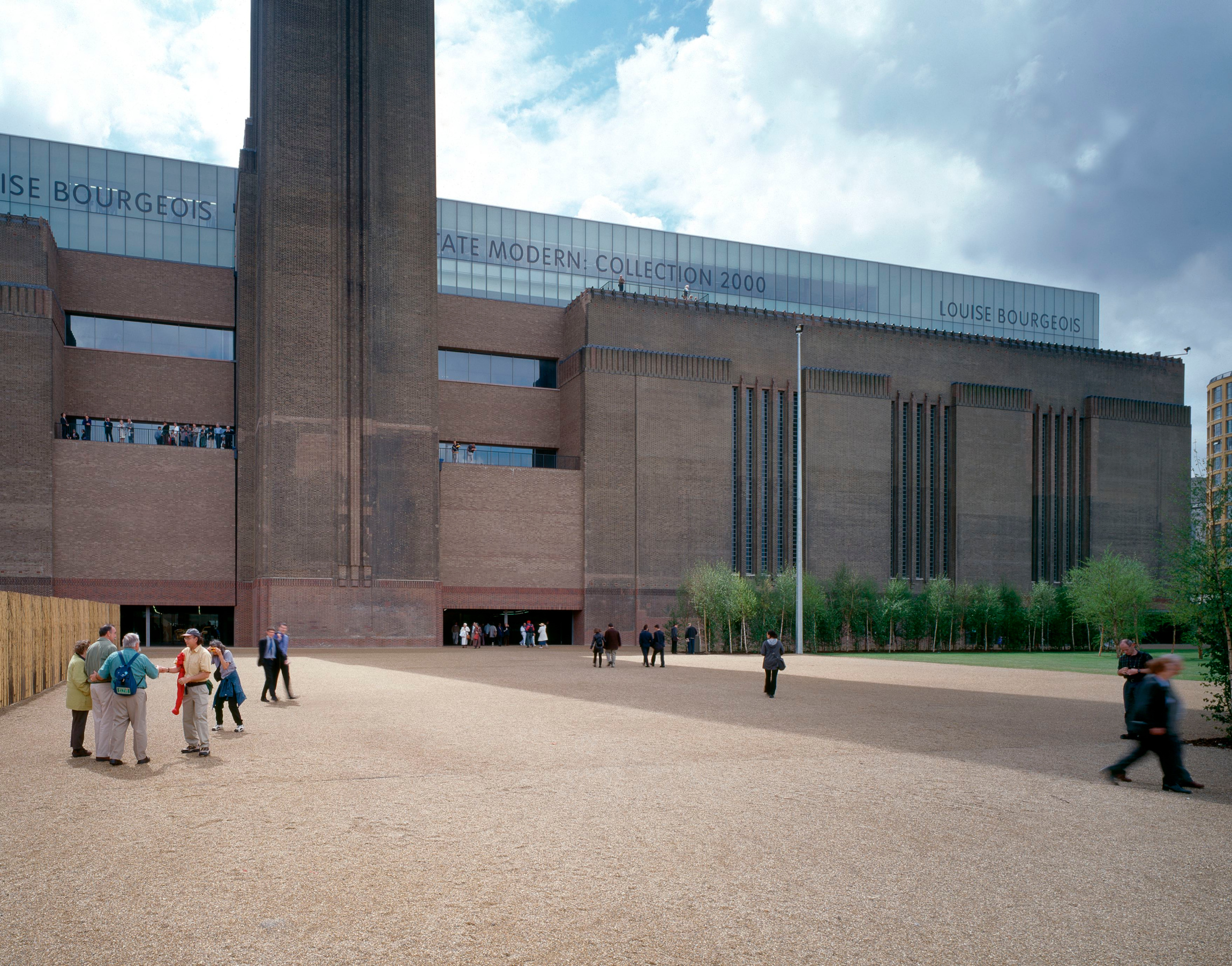
Tate Modern. London, United Kingdom. Courtesy of Herzog & de Meuron.
Pérez Art Museum Miami (PAMM): Located in the vibrant landscape of Miami, PAMM is an outstanding example of Herzog & de Meuron’s ability to integrate architecture with its surroundings. Shaded walkways and outdoor terraces offer breathtaking views of the surrounding water, merging the artistic experience with natural beauty.
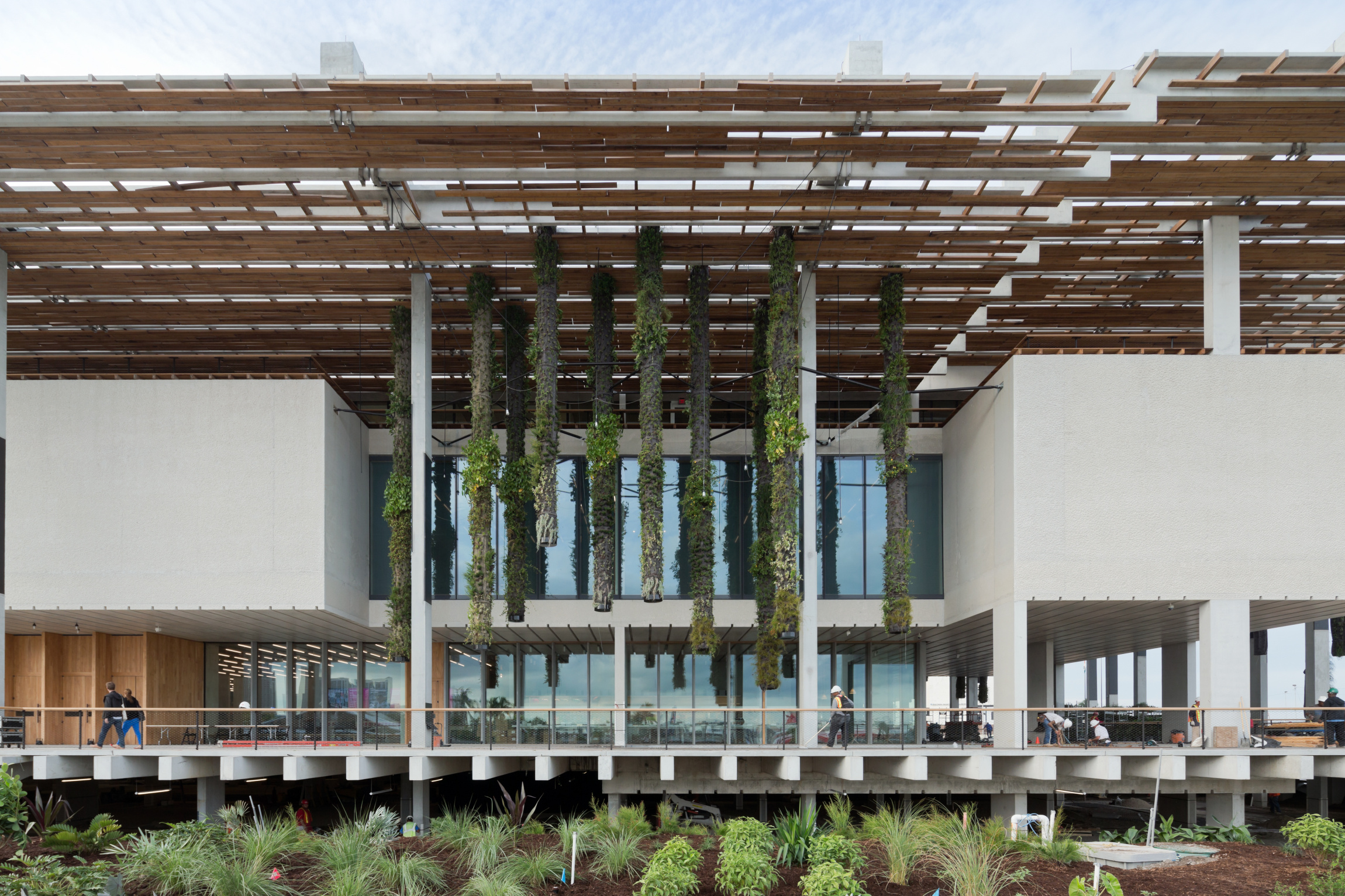
Pérez Art Museum. Miami Florida. Courtesy of Herzog & de Meuron.

Pérez Art Museum. Miami Florida. Courtesy of Herzog & de Meuron.
They have been honored with some of the world’s most prestigious awards. In 2001, they were bestowed with the coveted Pritzker Architecture Prize, a recognition of their ability to transform the ordinary into the extraordinary. Additionally, they have received multiple RIBA Stirling Prizes, highlighting their influence on British architecture, and the Gold Medal from the Royal Institute of British Architects for their significant contribution to the field. They have also been awarded the prestigious Golden Lion at the Venice Biennale multiple times and the Rolf Schock Prize in Architecture in 2015, solidifying their position as undisputed leaders in contemporary architecture.
Herzog & de Meuron have elevated contemporary architecture to new heights with their visionary approach and boundless creativity. Through iconic works, they have demonstrated that architecture is not merely the creation of physical structures but also the narration of stories, the evocation of emotions, and the establishment of connections between people and their environment.
Their legacy will endure as a source of inspiration for future generations, reminding us that in the world of architecture, imagination knows no bounds and that each structure can be a blank canvas filled with infinite possibilities. Ultimately, Herzog & de Meuron are true masters who have elevated architecture to a timeless art and have left an indelible mark on the global architectural landscape.



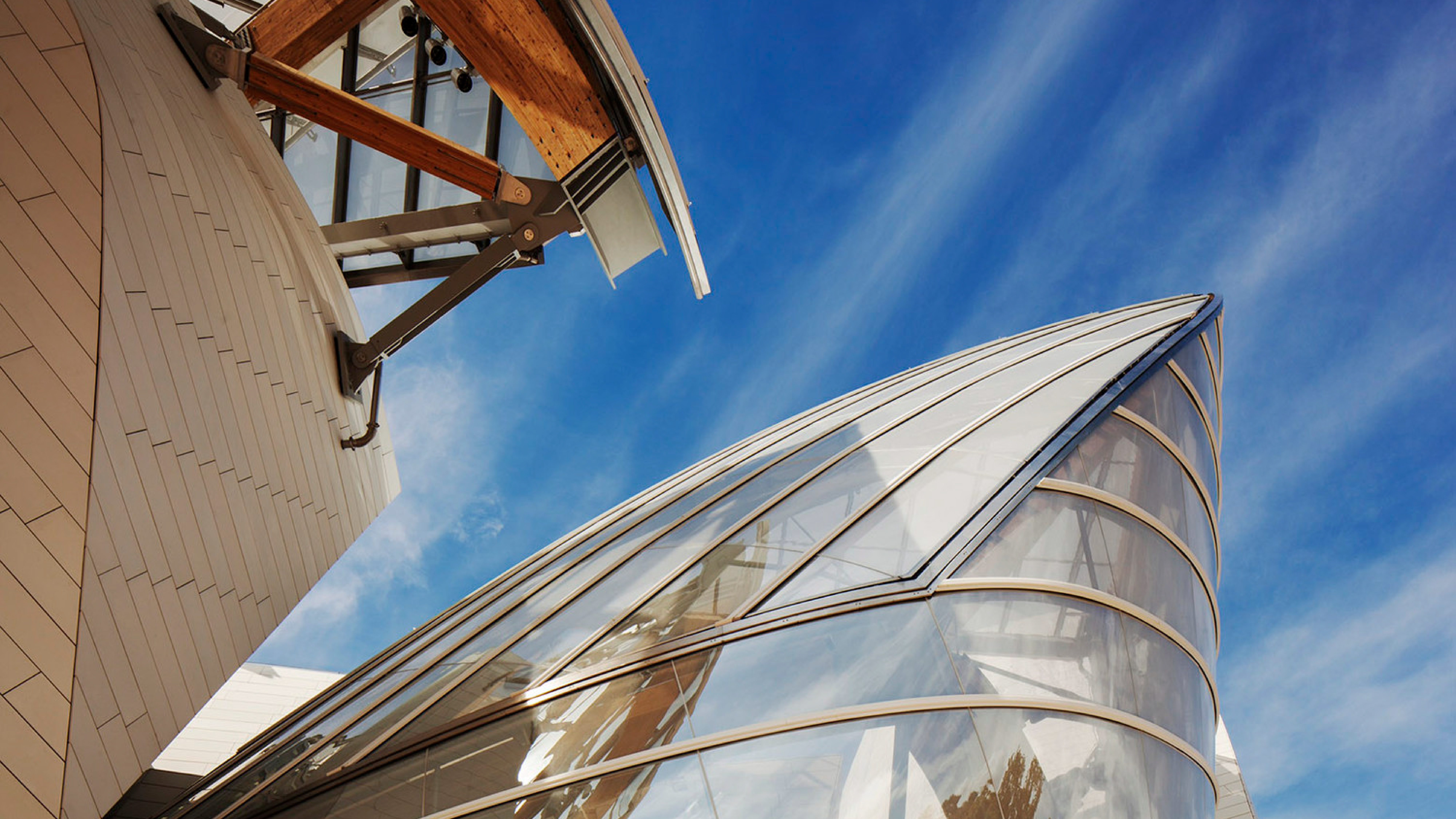
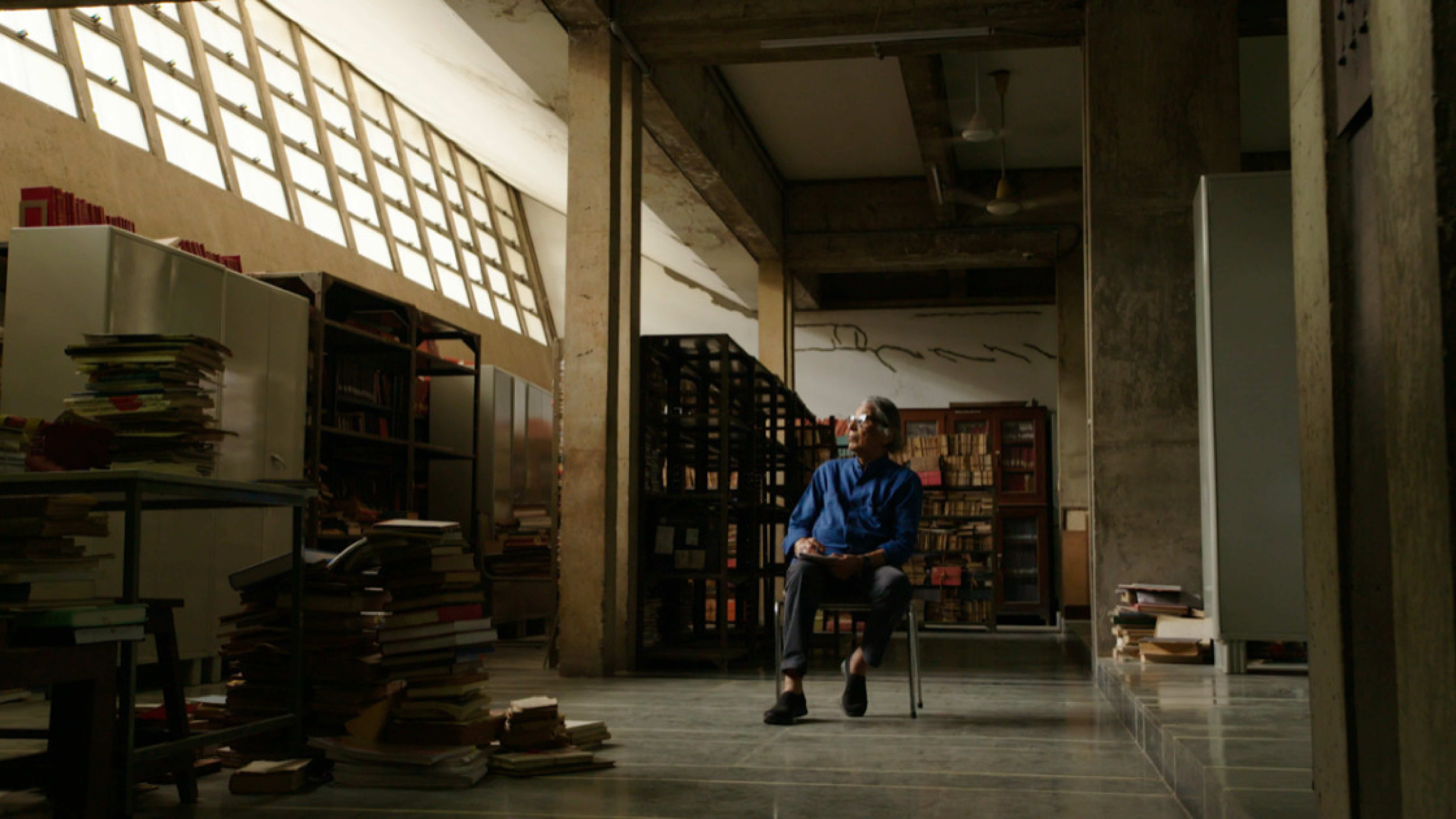
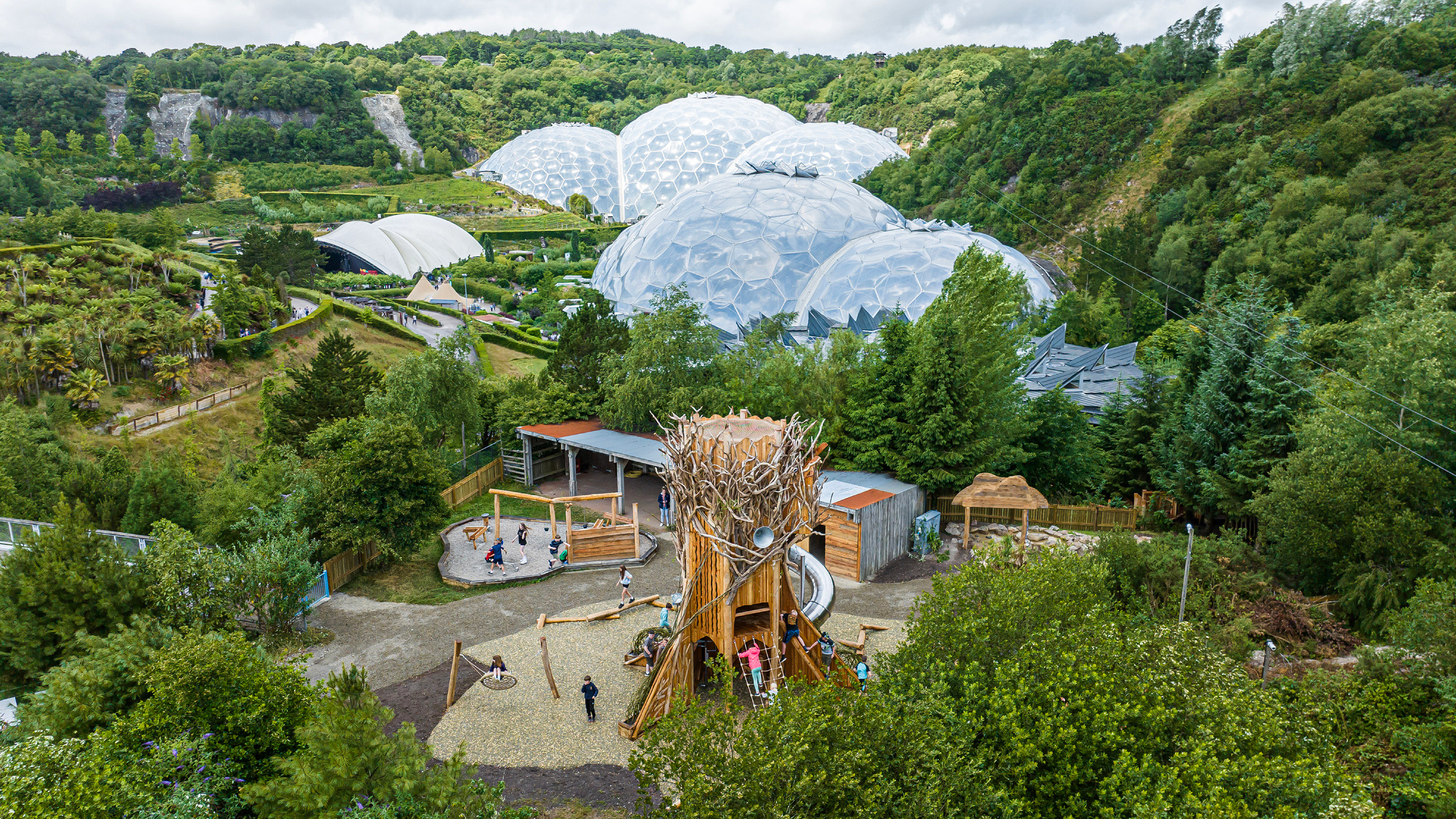

Leave A Comment